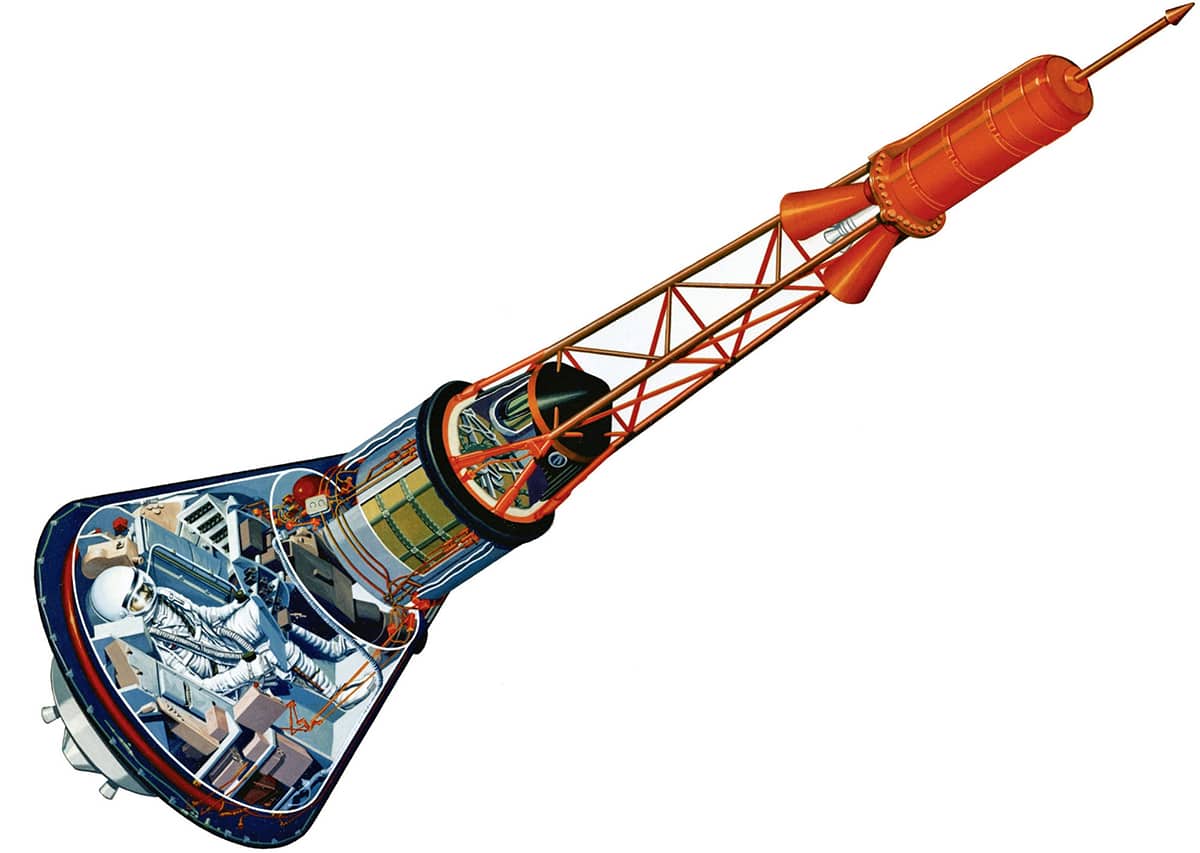Piers Bizony - The Art of NASA: The Illustrations That Sold the Missions
Here you can read online Piers Bizony - The Art of NASA: The Illustrations That Sold the Missions full text of the book (entire story) in english for free. Download pdf and epub, get meaning, cover and reviews about this ebook. year: 2020, publisher: Motorbooks, genre: Home and family. Description of the work, (preface) as well as reviews are available. Best literature library LitArk.com created for fans of good reading and offers a wide selection of genres:
Romance novel
Science fiction
Adventure
Detective
Science
History
Home and family
Prose
Art
Politics
Computer
Non-fiction
Religion
Business
Children
Humor
Choose a favorite category and find really read worthwhile books. Enjoy immersion in the world of imagination, feel the emotions of the characters or learn something new for yourself, make an fascinating discovery.

- Book:The Art of NASA: The Illustrations That Sold the Missions
- Author:
- Publisher:Motorbooks
- Genre:
- Year:2020
- Rating:5 / 5
- Favourites:Add to favourites
- Your mark:
The Art of NASA: The Illustrations That Sold the Missions: summary, description and annotation
We offer to read an annotation, description, summary or preface (depends on what the author of the book "The Art of NASA: The Illustrations That Sold the Missions" wrote himself). If you haven't found the necessary information about the book — write in the comments, we will try to find it.
From space suits to capsules, from landing modules to the Space Shuttle, the International Space Station, and more recent concepts for space planes, The Art of NASA presents 60 years of American space exploration in an unprecedented fashion. All the landmark early missions are represented in detailGemini, Mercury, Apolloas are post-Space Race accomplishments, like the mission to Mars and other deep-space explorations.
The insightful text relates the wonderful stories associated with the art. For instance, the incredibly rare early Apollo illustrations show how Apollo might have looked if the landing module had never been developed. Black-and-white Gemini drawings illustrate how the massive NASA art department did its stuff with ink pen and rubdown Letraset textures. Cross-sections of the ApolloSoyuz Test Project docking adapter reveal Russian sensitivity about US male probes penetrating their spacecraft, thus the androgynous adapter now used universally in space. International Space Station cutaways show how huge the original plan was, but also what was retained.
Every picture in The Art of NASA tells a special story. This collection of the rarest of the rare is not only a unique view of NASA historyits a fascinating look at the art of illustration, the development of now-familiar technologies, and a glimpse of what the space program might have looked like.
Piers Bizony: author's other books
Who wrote The Art of NASA: The Illustrations That Sold the Missions? Find out the surname, the name of the author of the book and a list of all author's works by series.












